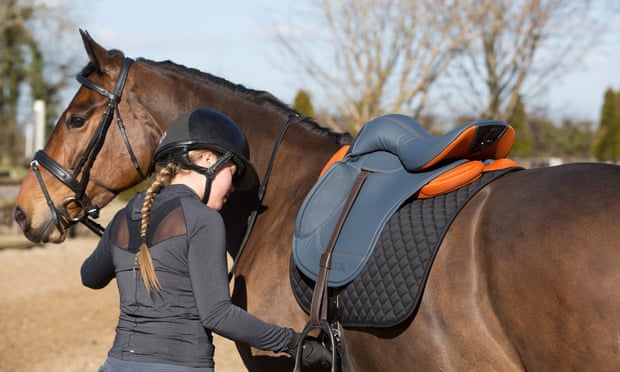 Horsetalk.co.nz - Full Article
Horsetalk.co.nz - Full ArticleRobin Marshall | 28 January 2016
Stepping off the plane in Dubai marks the arrival into a land of heat, horses and high-rises.
While the bustling city itself is no place for the real thing, the Al Qasr hotel at The Madinat in Jumierah gives an indication of just how important the horse is to the United Arab Emirates.
The equine fountain at the front of Al Qasr was created by South African sculptor Danie de Jager, as were the above golden arabian horses.
The equine fountain at the front of Al Qasr was created by South African sculptor Danie de Jager, as were the above golden arabian horses.
The hotel’s sweeping entrance way is lined with 18 larger-than-life bronze arabian horse sculptures, both stallions and mares, and all in dramatic poses. These beautiful golden horses are 1 1/4 life size, and shine like the sun.
And at the hotel’s entrance is an elaborate fountain with eight double life-sized bronze abstract horse torsos...
Read more: http://horsetalk.co.nz/2016/01/28/homage-horse-dubai-desert/#ixzz3yYYUeQYw

 Photo from AQHA’s Fundamentals of Horsemanship.
Photo from AQHA’s Fundamentals of Horsemanship. 

